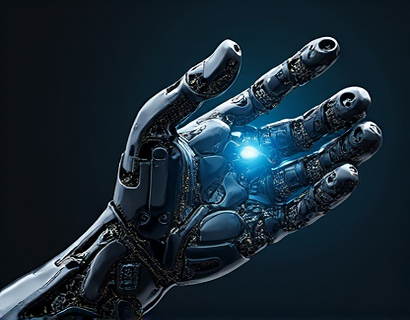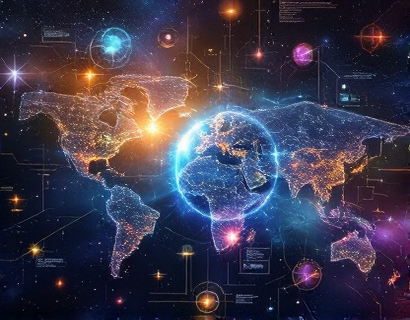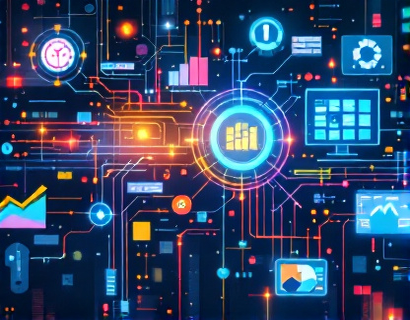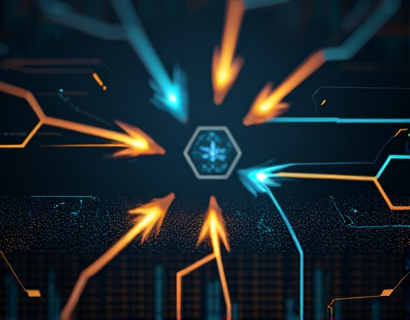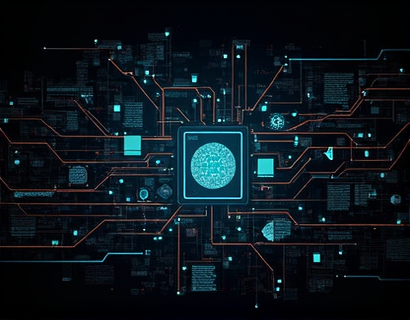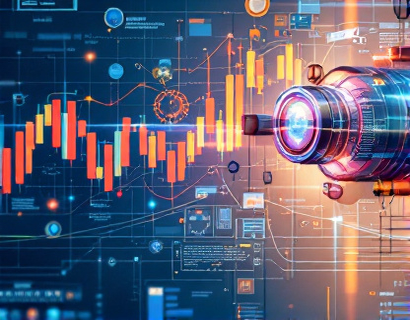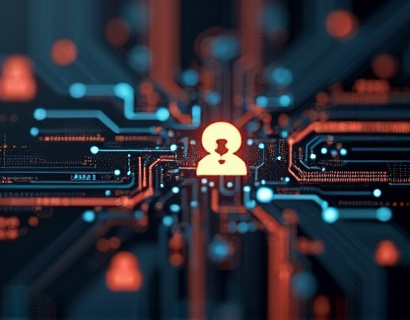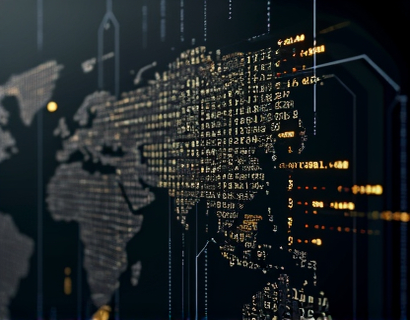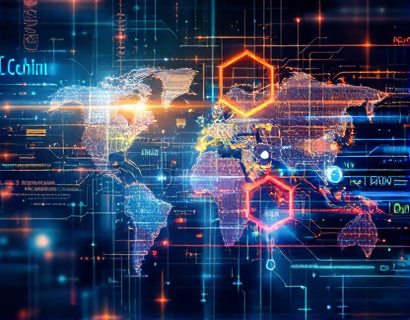AI-Driven Digital Transformation: Harnessing Crypto for Enhanced User Experiences in the Crypto Ecosystem
The intersection of artificial intelligence and cryptocurrency is giving rise to a new era of digital transformation, one that promises to revolutionize user experiences across the crypto ecosystem. This convergence of advanced technologies is not just a trend but a fundamental shift in how digital services are designed, delivered, and interacted with. For tech enthusiasts and digital innovators, understanding this synergy is crucial as it unlocks new opportunities for enhanced engagement, connectivity, and innovation.
The crypto ecosystem, once primarily known for its financial applications, is now expanding its reach into various sectors including finance, supply chain, healthcare, and beyond. This expansion is driven by the unique properties of blockchain technology, such as transparency, security, and decentralization. However, the true potential of the crypto ecosystem is being fully realized through the integration of artificial intelligence, which brings intelligence, automation, and personalization to the forefront.
Enhancing User Interactions with AI
Artificial intelligence plays a pivotal role in enhancing user interactions within the crypto ecosystem. AI-driven solutions can analyze vast amounts of data to provide insights, predict market trends, and offer personalized recommendations. For instance, AI-powered chatbots and virtual assistants are becoming increasingly common, providing 24/7 support to users, answering queries, and guiding them through complex processes with ease.
These AI-driven interfaces are not only efficient but also intuitive, adapting to user behavior and preferences over time. This level of personalization ensures that users receive relevant information and services tailored to their needs, thereby improving satisfaction and engagement. In the context of crypto, where complexity and technical jargon can be daunting, AI serves as a bridge, making the ecosystem more accessible and user-friendly.
Crypto and AI: A Symbiotic Relationship
The relationship between crypto and AI is symbiotic, with each enhancing the capabilities of the other. Cryptocurrencies, particularly those built on blockchain, provide a secure and transparent platform for AI applications to operate. Blockchain's immutable ledger ensures data integrity, while AI's computational power can optimize blockchain transactions, making them faster and more efficient.
Smart contracts, self-executing contracts with the terms directly written into code, are a prime example of this synergy. AI can automate the execution of smart contracts based on predefined conditions, reducing the need for intermediaries and lowering transaction costs. This automation not only streamlines processes but also minimizes the risk of human error, enhancing the overall reliability of the system.
Security and Trust through AI
Security is a paramount concern in the crypto ecosystem, and AI is playing a crucial role in addressing these challenges. AI algorithms can detect and prevent fraudulent activities by analyzing patterns and anomalies in real-time. Machine learning models trained on historical data can identify suspicious behavior and trigger alerts, ensuring that potential threats are mitigated before they cause harm.
Moreover, AI enhances trust within the ecosystem by providing transparency and accountability. Blockchain's transparency, combined with AI's ability to verify and validate transactions, creates a robust system where users can have confidence in the integrity of the data and the processes involved. This trust is essential for the widespread adoption of crypto technologies and the growth of the ecosystem as a whole.
Personalization and User Experience
One of the most significant benefits of AI in the crypto ecosystem is the ability to offer personalized experiences. AI algorithms can analyze user data to understand preferences, behaviors, and needs, allowing for tailored recommendations and services. For example, a crypto exchange can use AI to suggest optimal trading strategies based on a user's historical trades and market conditions, helping them make informed decisions.
Personalization extends beyond trading and investment advice. AI can enhance the user interface and experience by adapting to individual preferences, such as preferred languages, currency units, and notification settings. This level of customization not only improves user satisfaction but also increases the likelihood of users engaging more deeply with the platform.
Decentralized AI and the Future of Crypto
The future of AI in the crypto ecosystem is moving towards decentralization, with decentralized AI (DAI) emerging as a key concept. DAI leverages blockchain technology to create AI models that are transparent, secure, and resistant to censorship. This approach ensures that AI models are not controlled by a single entity, reducing the risk of bias and enhancing trust.
Decentralized AI can also facilitate the creation of AI-powered decentralized applications (dApps) that operate on blockchain networks. These dApps can offer a wide range of services, from decentralized finance (DeFi) platforms to AI-driven market prediction tools, all while maintaining the core principles of decentralization and user control.
Challenges and Considerations
While the integration of AI and crypto holds immense potential, it is not without challenges. One of the primary concerns is the computational power required for AI algorithms, particularly those involving complex machine learning models. The energy consumption associated with these processes can be significant, raising environmental concerns.
Another challenge is the regulatory landscape. As AI and crypto continue to evolve, regulatory bodies are grappling with how to oversee these technologies. Ensuring compliance while fostering innovation is a delicate balance that requires collaboration between stakeholders, including developers, regulators, and industry experts.
Data privacy is also a critical issue. The use of AI often involves the collection and analysis of large datasets, which can raise concerns about user privacy. Implementing robust data protection measures and adhering to privacy regulations is essential to maintain user trust and comply with legal standards.
Conclusion
The convergence of AI and crypto is ushering in a new era of digital transformation, one that promises to enhance user experiences and unlock new opportunities in the crypto ecosystem. By leveraging the strengths of both technologies, we can create more efficient, secure, and personalized digital services. As the ecosystem continues to evolve, it is crucial for tech enthusiasts and digital innovators to stay informed and engaged, embracing the potential of AI and crypto to shape the future of digital interactions.





